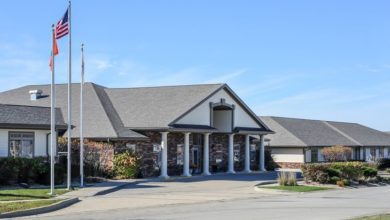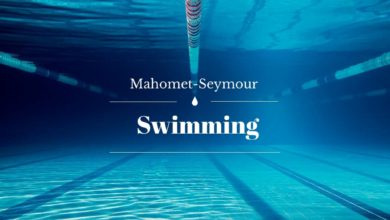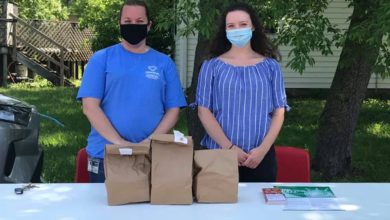Session 4 of the Bulldog Blueprint refines facility options

Definition of what impacts renovations and facility expansion along with a tax referendum will have on the Mahomet-Seymour constituent took shape during session 4 of the Bulldog Blueprint in late October.
Another session, both in-person and online, will be held on Nov. 16 and 17.
BLDD Architect Damien Schlitt went over four scenarios presented in session 3, adding additional information and details.
After inquiries from several board members about community involvement and diversity of scenarios, Schlitt explained that there are certain community wishes—like a community pool—that are not feasible in a school facility. He added that ideas like other ideas like adding additional schools would add adjustments for students as they go through the district and that each school needs to have its own amenities.
Using current target class sizes as defined by the district in around 2014, Schlitt believes with average district growth, the Bulldog Blueprint would exceed planned capacity under average growth in and reach max capacity in 2050.
The referendum, if passed, would increase property taxes until 2042.
Schlitt said that designs to expand Middletown Prairie are necessary just years after it was completed because the building was not designed for long-term growth. At the time, the district said that the design of Middletown Prairie Elementary allowed for growth through flexible spaces.
The district funded an additional demographic study in 2021 after a 2019 study proved incorrect; the district enrollment in 2021 was higher than previously predicted. The district reports through the Bulldog Blueprint enrollment is currently at 3,285.
The new study takes student enrollment through 2030 with a total enrollment of 3,515, an adjustment of 68 students fewer than the 2019 study predicted.
Schlitt said currently the district is operating with about 300 more students than the facilities have the capacity for with much of the deficiency at Mahomet-Seymour Junior High.
According to Schlitt, the “status quo” option, which increased square footage at all four Mahomet-Seymour buildings while also adding athletic amenities and a 750-seat auditorium for art, chorus, and band” was noted by participants as “dead on arrival,” as was a new high school facility.
The “status quo” option would cost taxpayers an additional $58.5 million over 20 years. Scenario 1, a new high school, is projected to cost $143.7 million while scenarios 2 and 3, a new high school and a new intermediate school (grades 5-8) are projected to cost the district $93.4 million.
The questions posed to participants of session 4 were how the physical needs assessment, as presented in session 1, should be folded into the Bulldog Blueprint. When adding in the physical needs assessment, work that needs to be done district-wide, including items like security systems, technology, asbestos mitigation, and furniture, etc., the price tag is increased to $120.3 million for “status quo”, $181.9 million for scenario 2 (new high school) and $131.2 million and 131.6 million for scenario 2 (new junior high) and scenario 3 (new intermediate building, respectively.
In session 3, Schlitt broke down that a $60,000,000 referendum would cost taxpayers with a home valued at $250,000 and an additional $301.60 per year. That amount increased with a $100,000,000 referendum to an additional $765.60 in property taxes per year.
The average sale price of homes in Mahomet-Seymour over the last year is $291,000.
At $300,000 home value, property taxes would increase by $930.60 annually for a $100,000,000 referendum.



